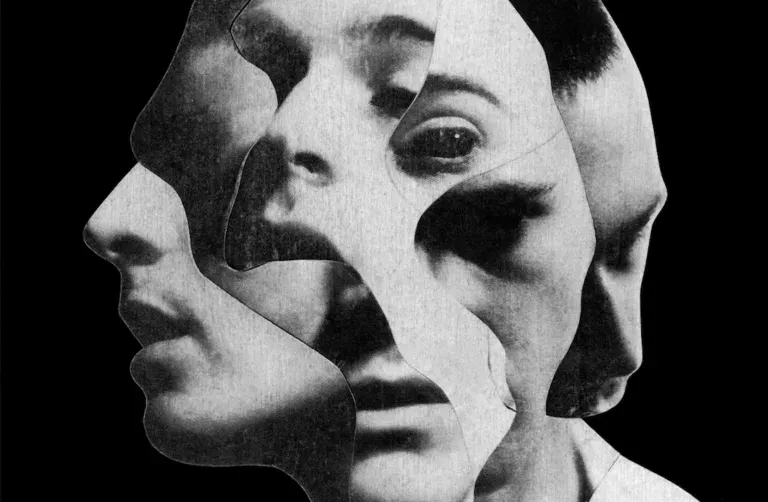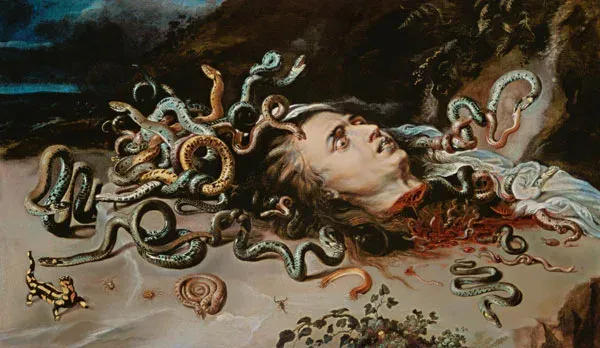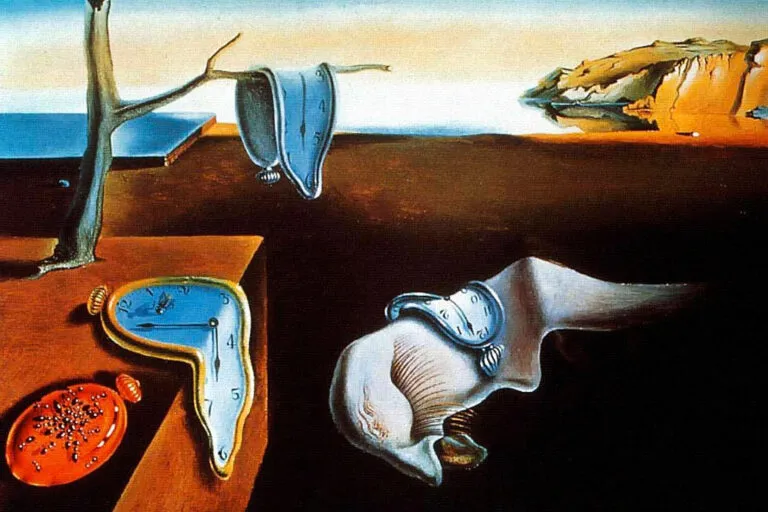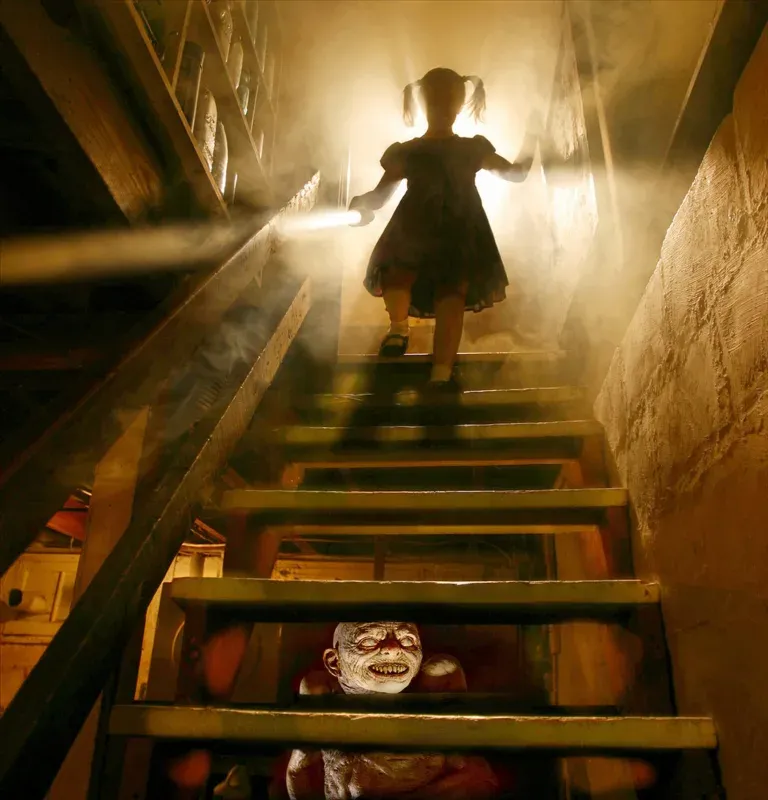Takayuki Takeya – Horror Sculpture in Japan
Takayuki Takeya is a highly talented Japanese sculptor and designer, known for his intricate and unsettling works that blend elements of horror, fantasy, and traditional Japanese culture. His sculptures, often characterized by meticulous detail and impressive craftsmanship, have garnered global admiration. In this post, we will explore Takeya’s life, work, and impact on the contemporary art world.
 Biography and Training
Biography and Training
Takayuki Takeya was born in 1963 in Japan. From a young age, he showed a great interest in art and design, inspired by Japan’s rich visual culture and traditional myths. After completing his artistic training, Takeya began working in the field of animation and toys, collaborating with some of the most prestigious companies in the industry.
Style and Technique
Takeya’s work is recognizable for its unique style, which combines elements of horror, fantasy, and Japanese folklore. His sculptures often depict monstrous creatures, warriors, and deities, all characterized by intricate and detailed aesthetics. Using materials such as resin, metal, and silicone, Takeya creates works that seem to come to life, with impressive anatomical details and great attention to texture and form.
One of Takeya’s distinctive techniques is his ability to merge organic and mechanical elements, creating creatures that appear to be a mix of flesh and metal. This hybrid style is visible in many of his works, ranging from human figures to alien monsters, each with a unique and unsettling personality.
 Themes and Influences
Themes and Influences
Takeya’s works are deeply influenced by Japanese mythology, horror literature, and science fiction films. Recurring themes in his sculptures include the duality of beauty and monstrosity, human fragility, and the power of the supernatural. His creations evoke a sense of wonder and terror, prompting the viewer to confront the unknown and the incomprehensible.
Takeya also draws inspiration from nature and traditional Japanese art, incorporating natural motifs and ancient craftsmanship techniques into his works. This respect for tradition, combined with a futuristic and innovative vision, makes his work unique in the contemporary art scene.
Impact and Recognition
Takeya’s talent and creativity have not gone unnoticed. His works have been exhibited in galleries and museums around the world, earning accolades and awards. He has collaborated with major toy and collectible figure brands, such as Bandai and Kaiyodo, contributing to some of the most iconic action figure series of recent decades.
One of his most notable projects is his collaboration on the 2016 film series “Shin Godzilla,” where he contributed to the design of the creatures, bringing his unique and unsettling vision to the big screen. This work further cemented his reputation as one of the most influential designers in the field of horror and fantasy.
 The Evolution of Takeya’s Art
The Evolution of Takeya’s Art
Over the years, Takeya has continued to evolve as an artist, exploring new techniques and materials. He has experimented with 3D printing and other modern technologies, integrating them with his traditional craftsmanship skills to create even more detailed and complex works. This ongoing quest for innovation demonstrates his dedication to art and his willingness to push beyond conventional boundaries.
Conclusion
Takayuki Takeya is a master of sculptural art who has skillfully combined horror, fantasy, and Japanese culture into works of extraordinary beauty and complexity. His sculptures not only fascinate with their detail and craftsmanship but also invite viewers to explore imaginary worlds filled with wonder and terror. With a career that continues to thrive and evolve, Takeya remains a central and innovative figure in contemporary art, inspiring new generations of artists and enthusiasts worldwide.
In the post “The Best Horror Sculptors in History” you can explore the fascinating world of horror sculpture and celebrate the extraordinary talents that have brought these unforgettable works to life… The Best Horror Sculptors in History.
Subscribe to our YouTube channel

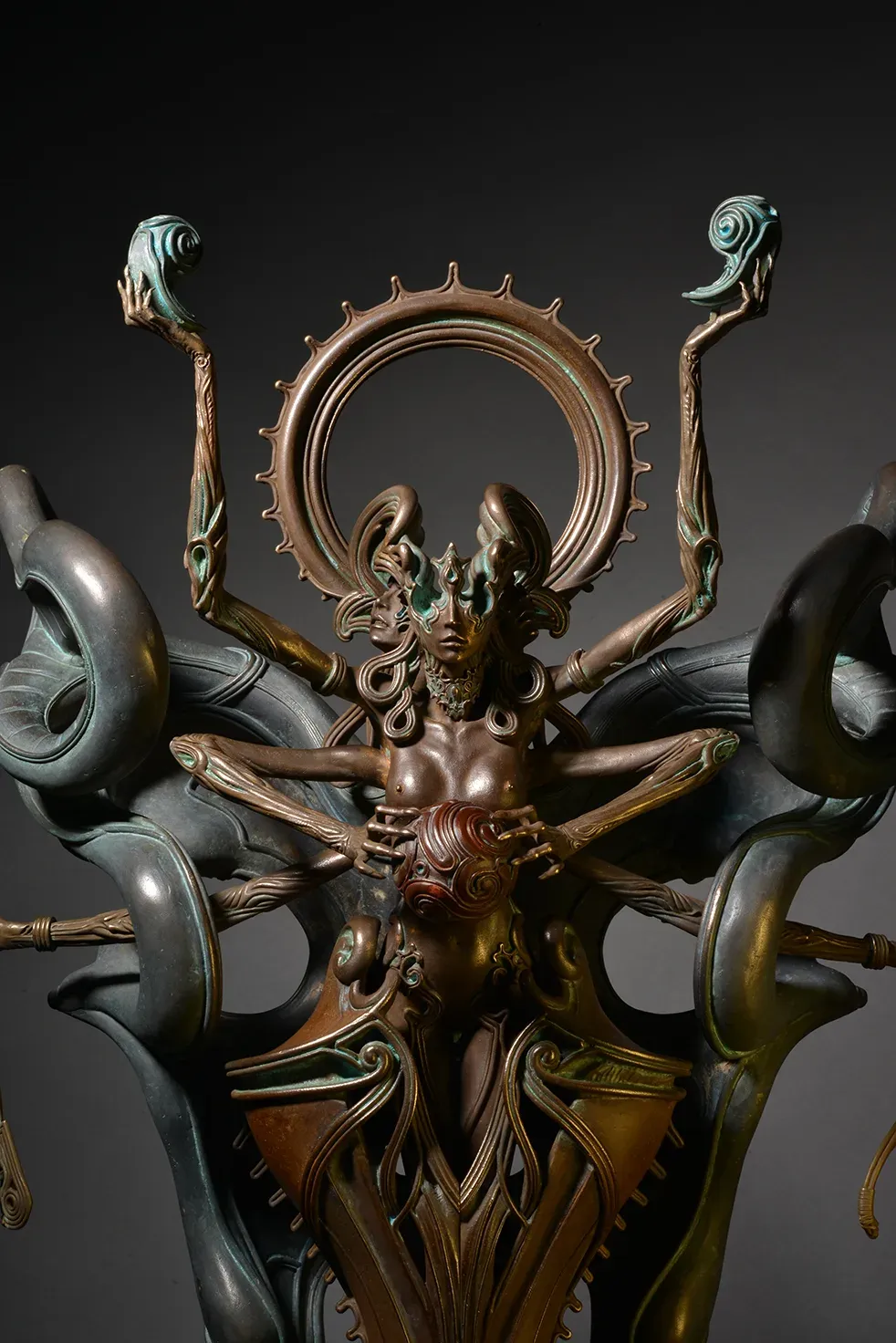
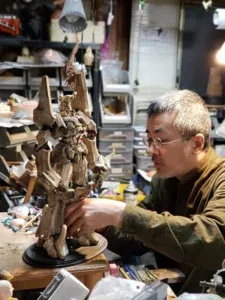 Biography and Training
Biography and Training Themes and Influences
Themes and Influences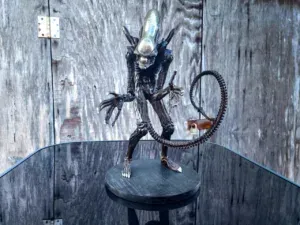 The Evolution of Takeya’s Art
The Evolution of Takeya’s Art
